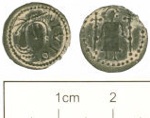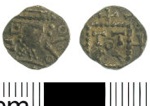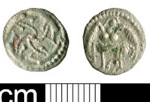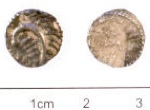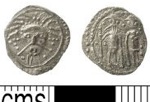Saxon Sceats
Saxon sceats are very interesting coins and Spinks goes some way to identifying them. Other books like Jeffery J North -English Hammered Coinage, Volume 1, Early Anglo Saxon to Henry III can also be a great asset and has greater detail for the various types, including plates of images for quick reference as well as detailed descriptions. However, the book is somewhat dated as and further types have been discovered since it was published in 1994.
Sceats fall into 2 main categories,
Primary & Intermediate c. 680 - 710 AD
and Secondary C 710 - 750 AD
The primary series is listed types A - F, and the secondary series is listed types G – Z.
All of the listed types have sub-series attached to them. The following examples of the types should be taken a guide and starting point for further internet research.
More recent books can be excellent also, Sceattas - An Illustrated Guide: Anglo-Saxon Coins and Icons by Tony Abramson 2006 comes very highly recommended.
Sceats fall into 2 main categories,
Primary & Intermediate c. 680 - 710 AD
and Secondary C 710 - 750 AD
The primary series is listed types A - F, and the secondary series is listed types G - Z, all of the listed types have sub series attached to them, the following examples can only be seen as examples of the types, but should aid as a guide and starting point for further internet research and controlled google searchs, as described in the Celtic section
PRIMARY AND INTERMEDIATE













